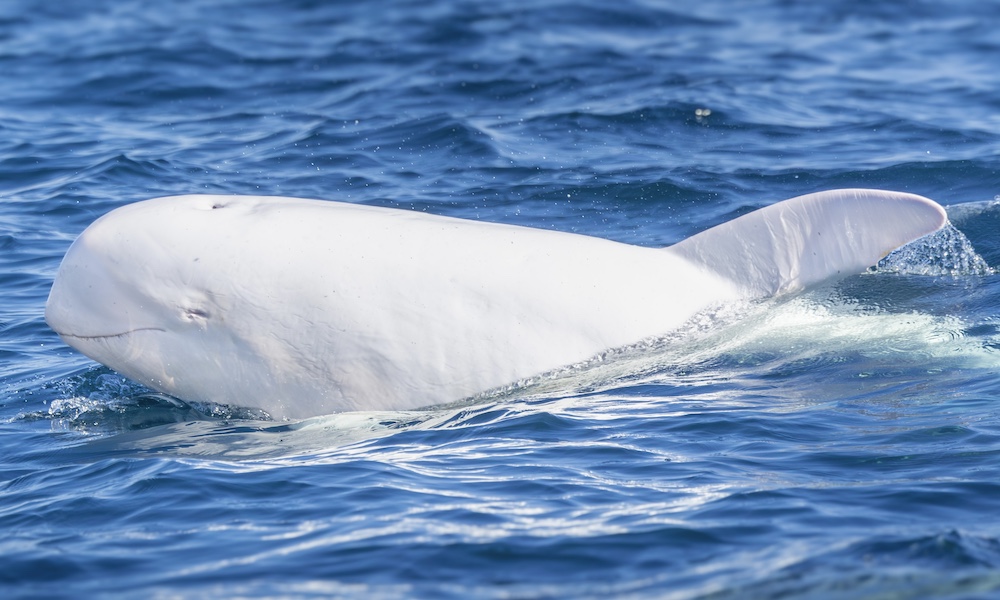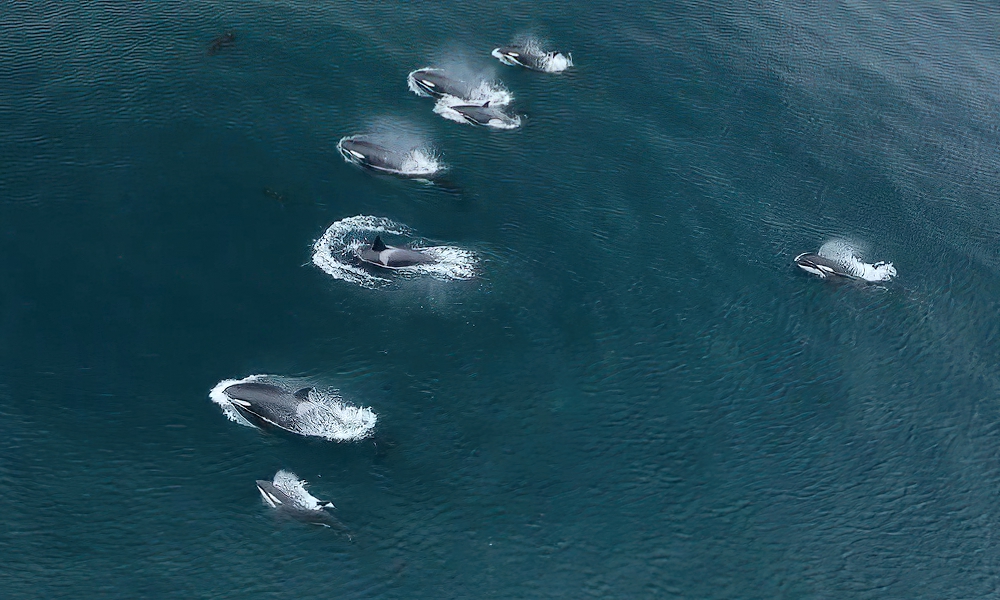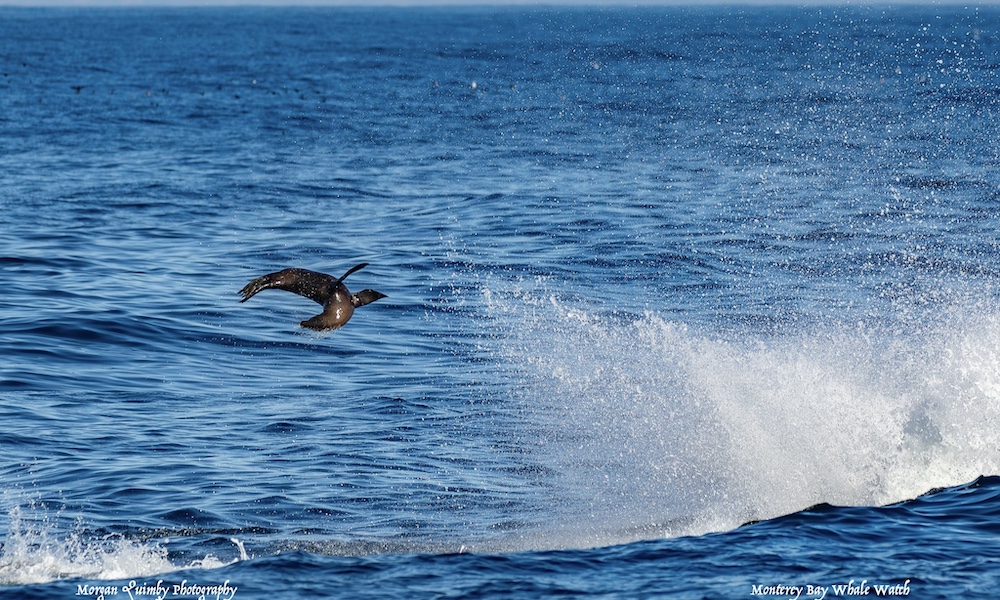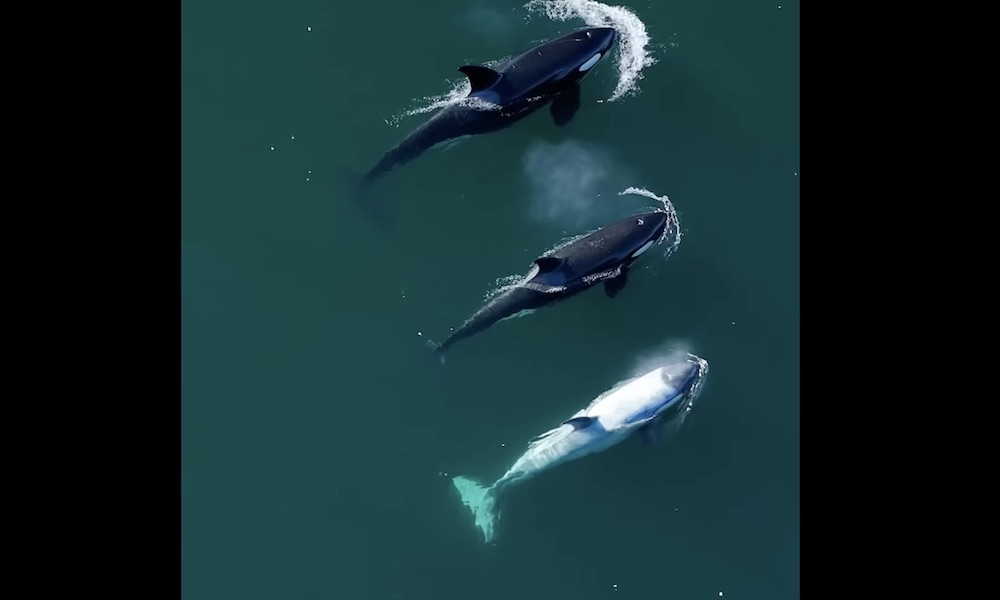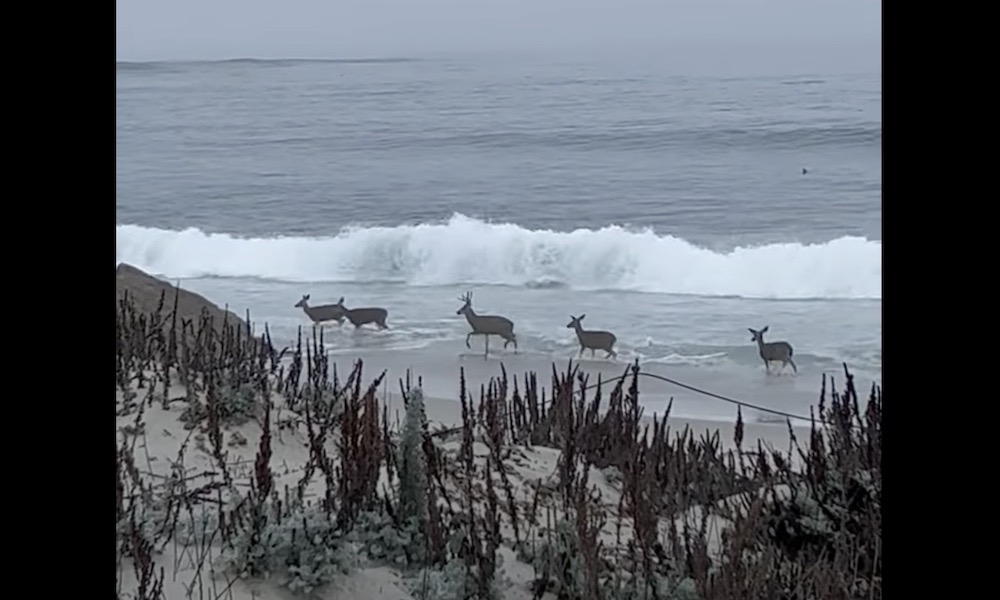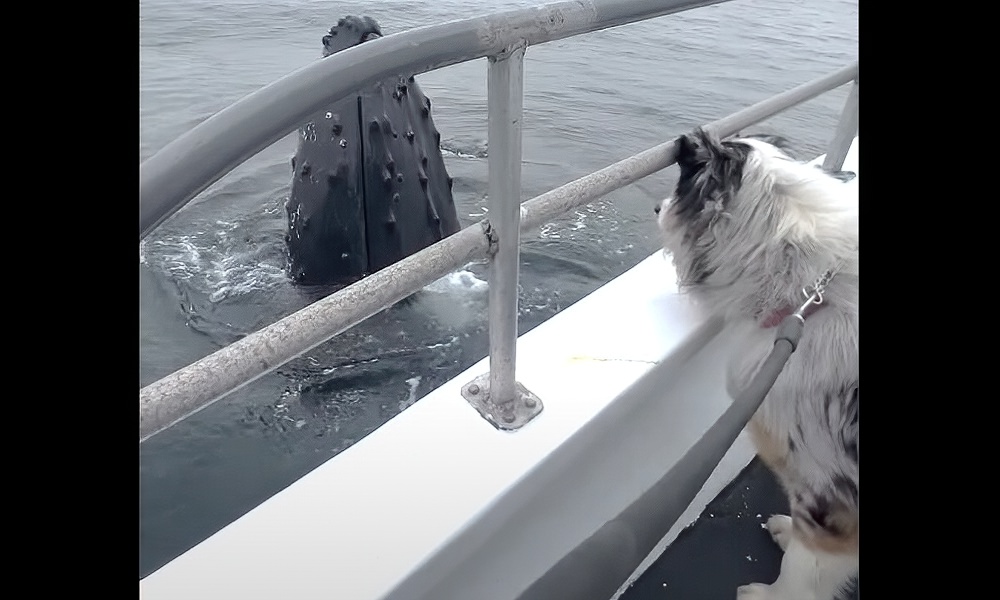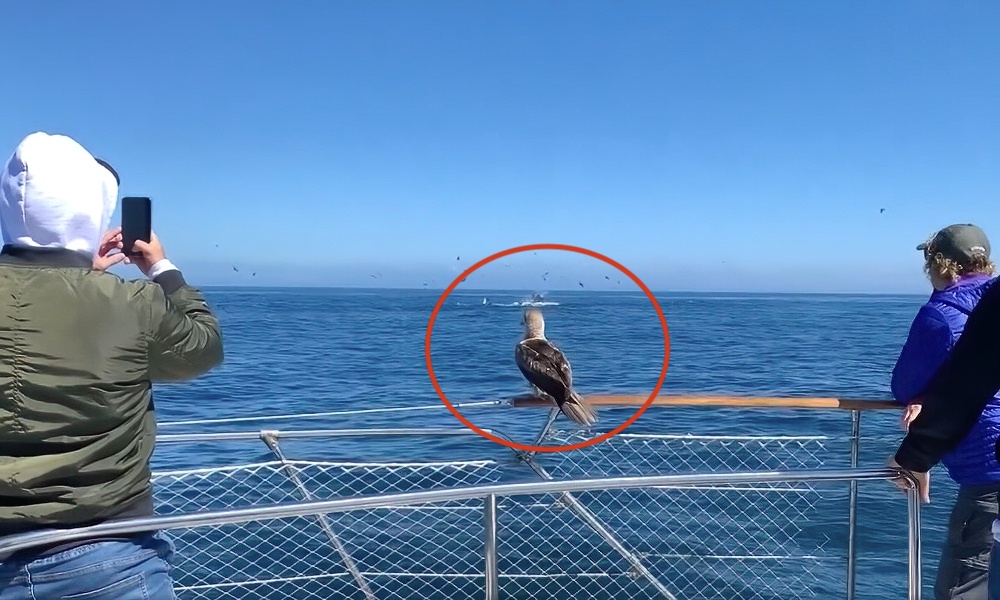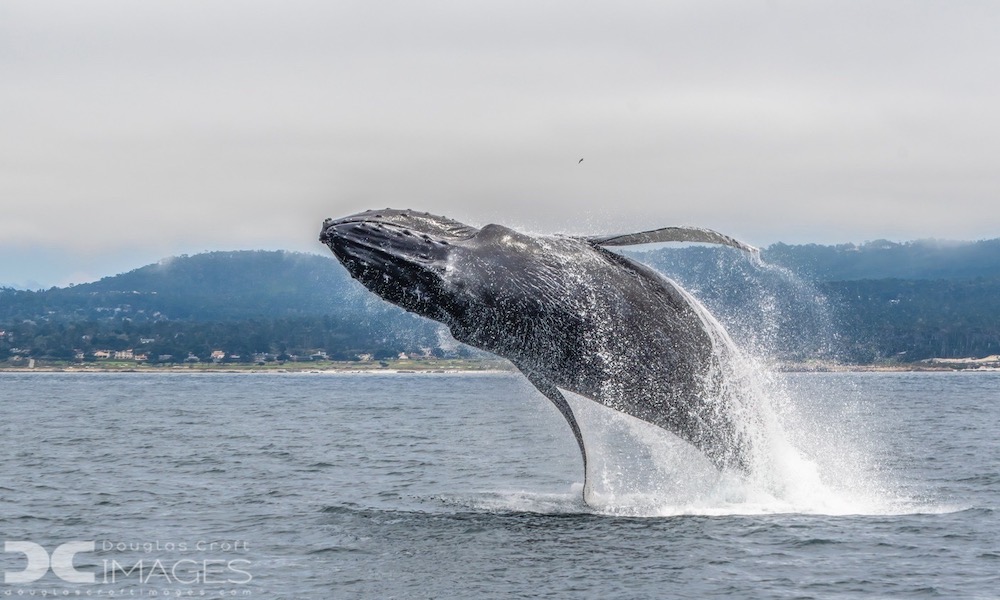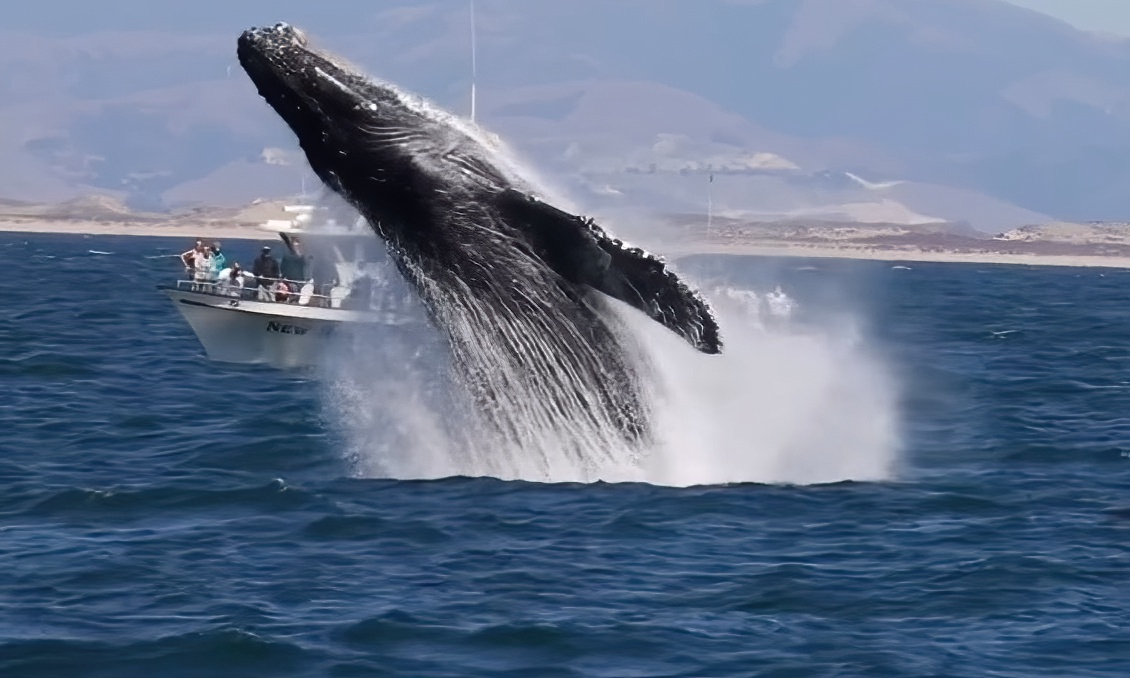A white Risso’s dolphin known to frequent Monterey Bay looked especially luminous Saturday during an extraordinary Southern California appearance.
Capt. Delaney Trowbridge of Pacific Offshore Expeditions announced the sighting via Instagram:
“Casper the Risso’s dolphin has NEVER been documented outside of Monterey Bay – but today we found him alongside other Risso’s and bottlenose on the front side of Santa Rosa Island.”

Santa Rosa Island is part of Channel Islands National Park off Ventura and Santa Barbara, more than 200 miles south of Monterey.
Risso’s dolphins, which can measure 10-plus feet, are robust cetaceans that typically travel in groups of between 10 and 30.
They’re born with dark skin that lightens to a pale gray as they age. As adults, their skin boasts scars caused by rough socializing or battles with squid and other prey.
https://www.instagram.com/p/DE_fu3MxHkL/
Casper, first spotted as a white calf in Monterey Bay in 2014, is either leucistic or albino. But while his skin had a slight film of algae during previous sightings, on Saturday it was pure white.
“Initially I thought we had found Blanco, the other white Risso’s dolphin that I’ve encountered a few times off of San Diego and Catalina Island,” Trowbridge told FTW Outdoors. “Comparatively, Casper is much whiter, Blanco has dark lips and a dark trim on his fin.
“Once we got that closer look it dawned on me, ‘Wow, this dolphin is porcelain white – it wasn’t Blanco.’ ”

Alisa Schulman-Janiger, a researcher, helped Trowbridge determine, based on fin markings, that the dolphin was Casper.
Schulman-Janiger said diatoms that caused the yellowish hue had died off, perhaps in warmer Southern California waters, revealing the sleeker look.
The sighting occurred just days after a white killer whale named Frosty was spotted with other orcas near the Channel Islands.
Pacific Offshore Expeditions was on a successful Killer Whale Quest when Casper and his pod mates were encountered.
